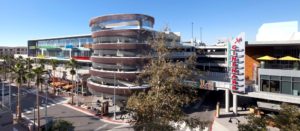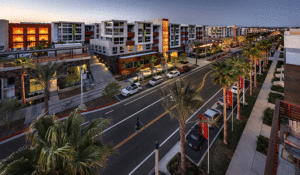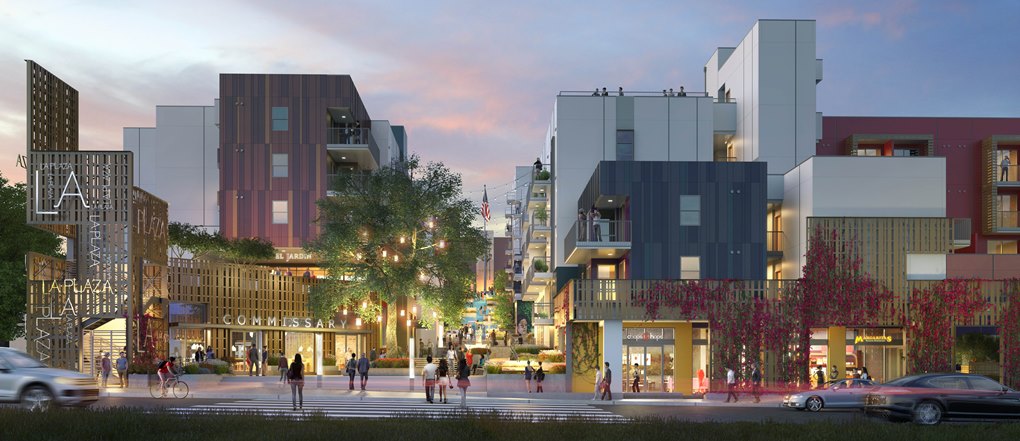Some thought it would never happen. Los Angeles—the land of historic orange groves, beaches, and car culture—has finally succumbed to the lure of dense urban living.
 The wave of suburban development that marked the many decades following World War II has given way to a 21st-century lifestyle long enjoyed in more traditional cities, such as Boston, New York City, and San Francisco. DTLA, downtown Los Angeles’s equivalent moniker to New York City’s SoHo, NoHo, or NoLIta, teems with new residents, retail, and cultural destinations.
The wave of suburban development that marked the many decades following World War II has given way to a 21st-century lifestyle long enjoyed in more traditional cities, such as Boston, New York City, and San Francisco. DTLA, downtown Los Angeles’s equivalent moniker to New York City’s SoHo, NoHo, or NoLIta, teems with new residents, retail, and cultural destinations.
Called by GQ magazine “the Capital of Cool,” DTLA is seeing some 22,000 residences now under construction or in planning.
What lessons does downtown L.A.’s resurgence hold for other U.S. cities?
First, increasing residential densities is the key to igniting the engine of street-level retail growth.
Second, projects in inner cities need to include publicly accessible mixed uses in their programs and are best served when located in a larger mixed-use neighborhood.
 Finally, proximity to public transit is critical in neighborhoods where car ownership and use are now declining.
Finally, proximity to public transit is critical in neighborhoods where car ownership and use are now declining.
Engaging in the great diversions of a city street is an elective act for residents and provides visual, cultural, and social activity that enriches urban life.
Private and public realms are balanced, which appears to be the grand lesson of successful projects for the emerging generation. Authenticity and choice lead to a new excitement for how architecture in the city can work.
But urban mixed-use density does not occur only in city centers. In the case of Los Angeles, many formerly suburban locations are being remade to provide densities and amenities normally associated with traditional urban cores, as pictured here.
All images courtesy of Johnson Fain, a Los Angeles-base architecture and urban planning firm.

